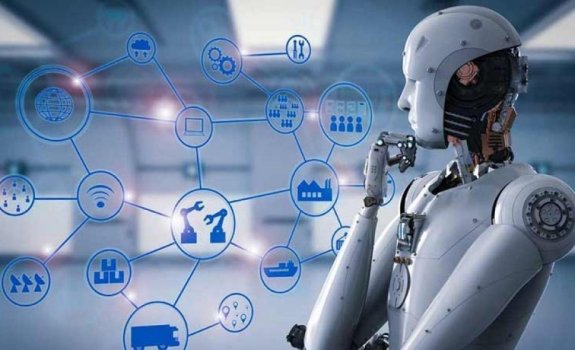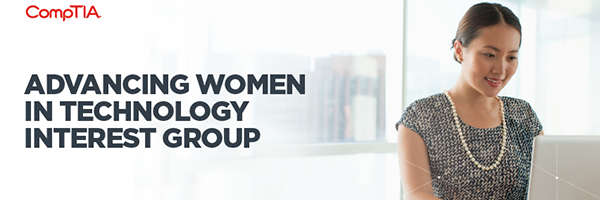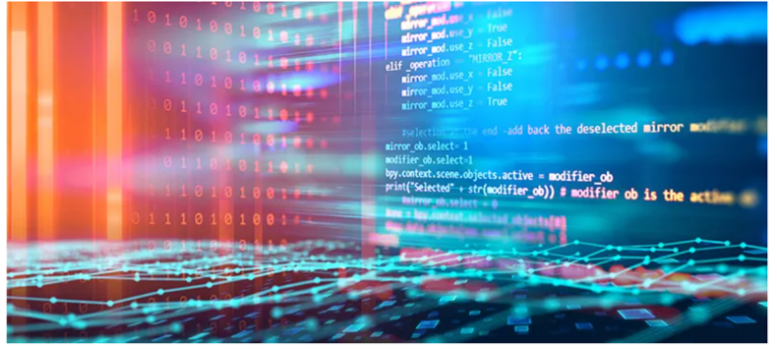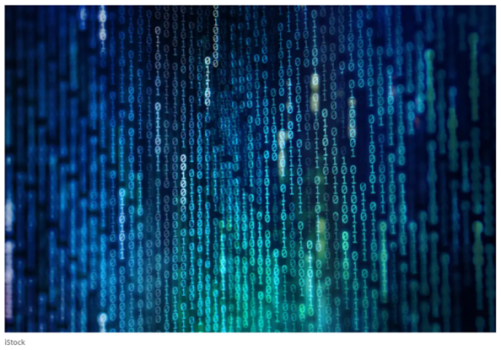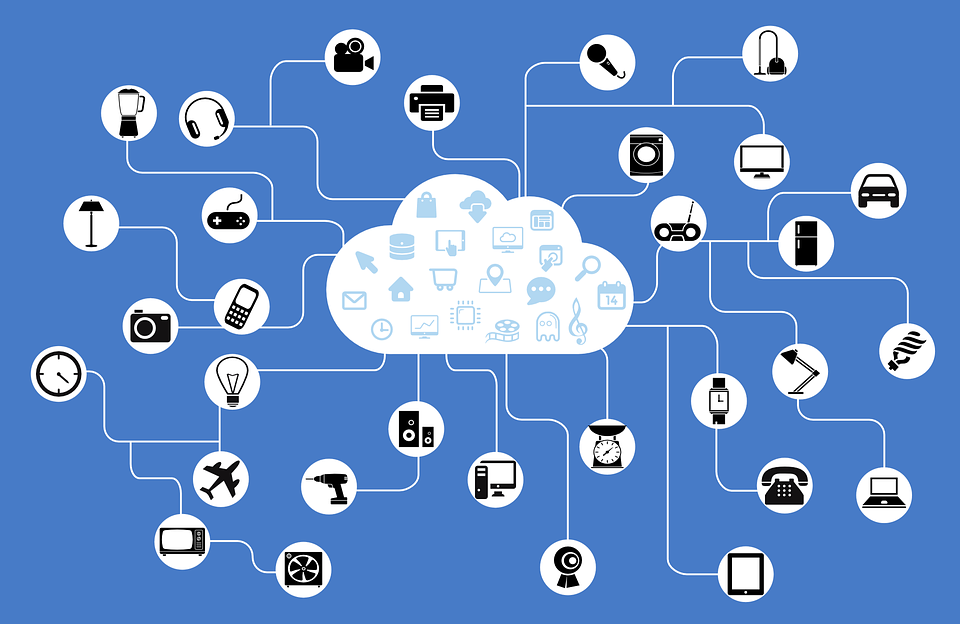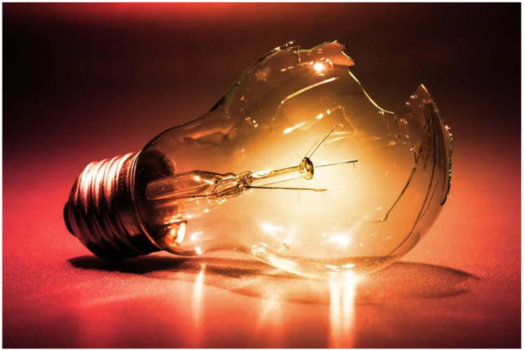3 Keys to Success in Crypto Biz Dev
- Technology Solutions
- 0 Replies
It probably doesn’t surprise you that the crypto biz has been booming lately—regardless of the ups and downs in the market—and it has meant nonstop travel to industry events for me. From Solana Breakpoint in Lisbon, to ETHDenver, to Avalanche Summit in Barcelona, to Harvard Blockchain Conference in Boston, I've been immersed with the builders, investors, and market watchers for months.
But it’s always been like this in crypto: Aside from an 18-month hiatus to get my masters degree from Harvard Business School, I’ve been doing the biz dev thing full-time since 2017. I’ve learned a lot—sometimes the hard way. Here are my keys to success for those already in the industry and those looking to get in. Crypto is chaos, but amid the chaos are principles one should follow in order to find success.
Lesson 1: Think like a VC
In the Web3 world, competition is especially dynamic and fierce. Superior technology, novel crypto-economic incentives, or macroeconomic conditions could easily dethrone existing winners. Operators need to stay vigilant about who’s doing what in the ecosystem (the popular founder claim “Our biggest competitor is ourselves” isn’t really good enough) while also remaining laser-focused on supporting their own product adoption.
Continue reading: https://decrypt.co/97391/3-keys-to-success-in-crypto-biz-dev
But it’s always been like this in crypto: Aside from an 18-month hiatus to get my masters degree from Harvard Business School, I’ve been doing the biz dev thing full-time since 2017. I’ve learned a lot—sometimes the hard way. Here are my keys to success for those already in the industry and those looking to get in. Crypto is chaos, but amid the chaos are principles one should follow in order to find success.
Lesson 1: Think like a VC
In the Web3 world, competition is especially dynamic and fierce. Superior technology, novel crypto-economic incentives, or macroeconomic conditions could easily dethrone existing winners. Operators need to stay vigilant about who’s doing what in the ecosystem (the popular founder claim “Our biggest competitor is ourselves” isn’t really good enough) while also remaining laser-focused on supporting their own product adoption.
Continue reading: https://decrypt.co/97391/3-keys-to-success-in-crypto-biz-dev



